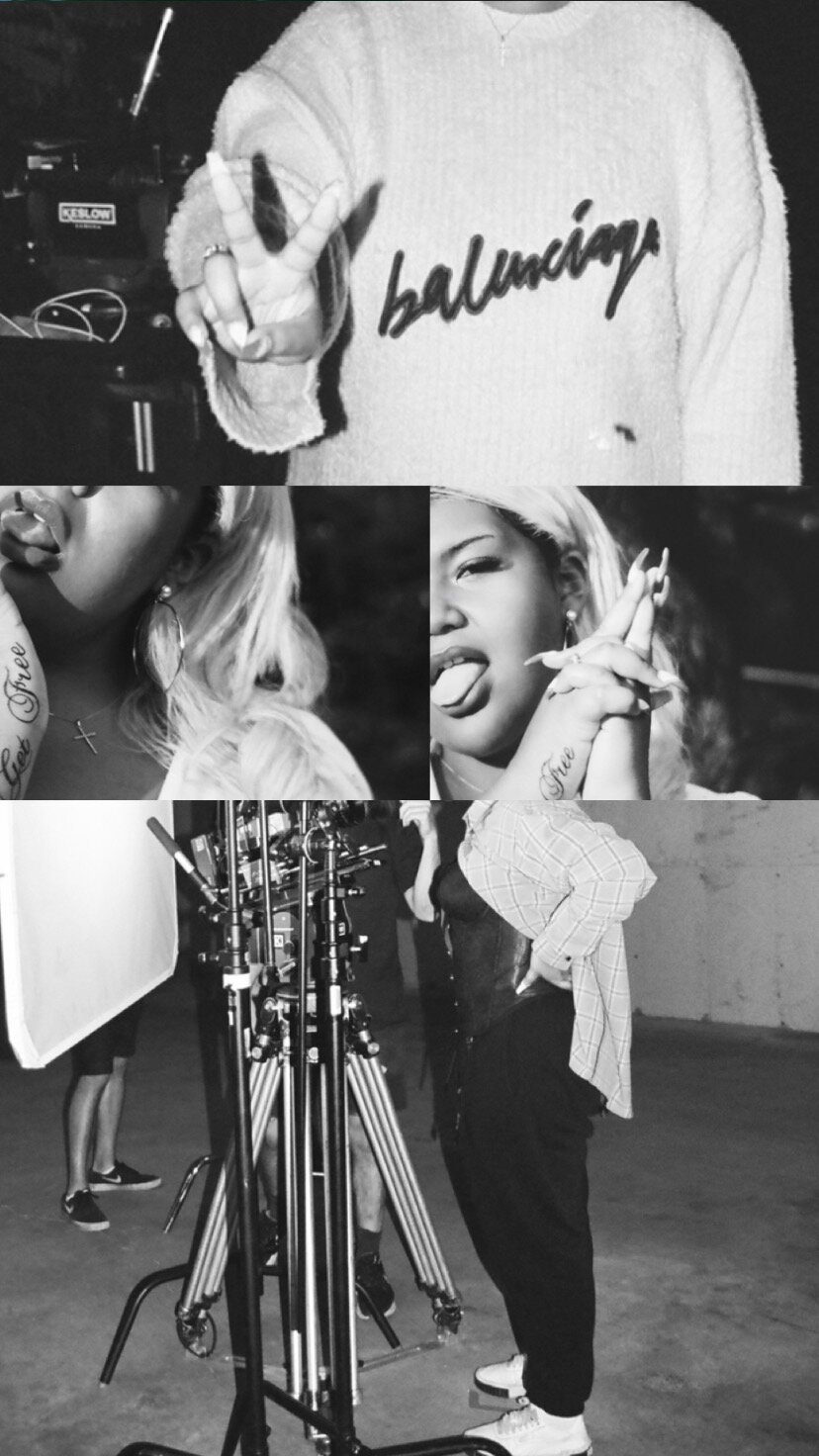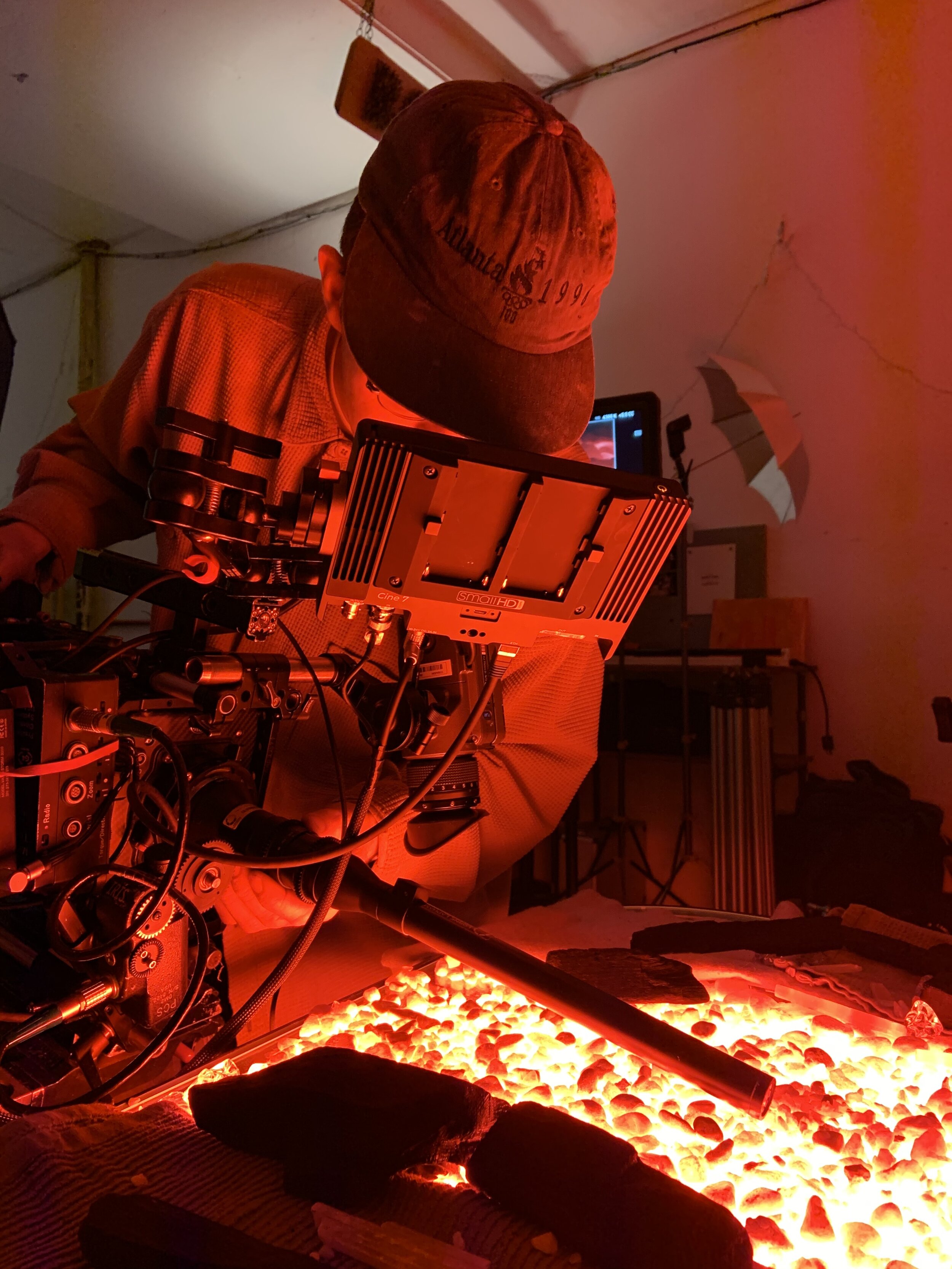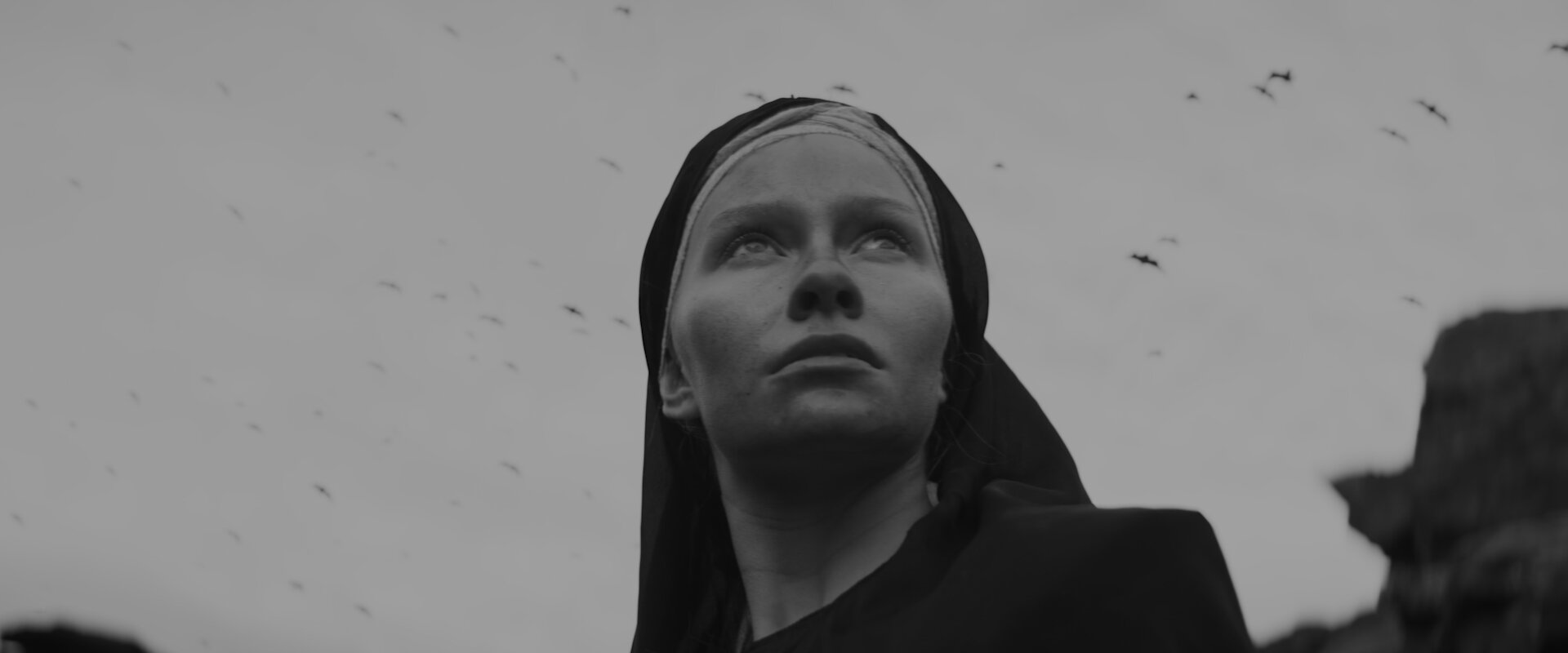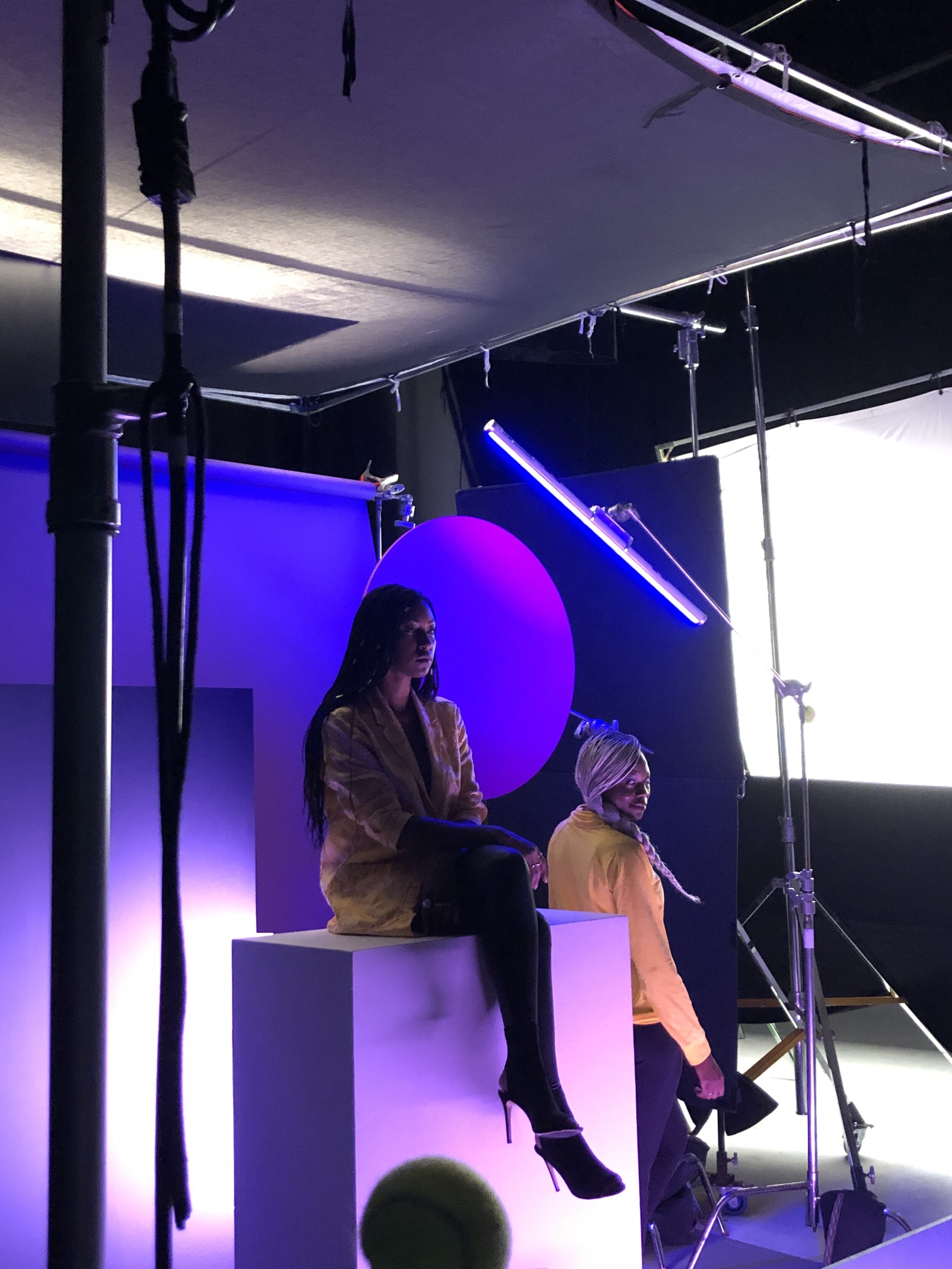BUDGETS 101
Budgets can be an intimidating portion of any grant application, with that in mind we have some tips on how to approach drafting a budget for your next project so that it’s easier to tackle.
Think of your budget as a way to describe your project in numbers instead of words.
Your budget should be the numerical representation of the project plan and description that appear elsewhere in your treatment. All elements of the project should be laid out from the perspective of their cost. This helps to convey the scope of the project to the jury in another format. Its best to be as specific as possible, showing that you have done the proper research and preparatory work in turn shows that your project plan is realistic and doable.
The general structure of a budget should include sections for labour, equipment, shooting/location, pre and post production.
These are good starting points to organize your expenses. from here you can get more specific with what you will need depending on your video. Some examples of sub sections within each of these include talent, rentals, travel, art department, set design, makeup, wardrobe, film stock, and creative fees. These can all be further broken down into the specific line items that you will be using to create your video.
Research the costs, ask for quotes and list your sources.
A very important step of creating an accurate budget is doing your research in advance to have realistic cost estimates. Look up the cost of items you need on supplier websites, ask companies you plan to work with for quotes, and negotiate flat fees in advance if applicable.
Show your calculations
As part of transparency in your budget you should be showing the way you arrived at costs that add up due to the rate or number of that item being used/purchased. For labour show the cost per unit of time (hours, days etc), the number of units, and the subtotal for that line item. Same goes for other expenses where multiples of an expense item are being used.
Show any other confirmed revenue sources
This can include other grants, partnerships and commercial funds. This ensures there are no questions as to the viability of the project given the information provided. Its also good to include any in-kind donations and show these both for their actual value and the effect on your bottom line.
Some “good to haves”
Line items with provisions for expenses such as petty cash, miscellaneous and insurance are good to have so that there is some room for any unexpected costs that might arise.
A detailed and well researched budget shows that you have a viable project plan for your video. Your budget can also be a useful tool to help you and your team stay on track during production.
Example Proposed Budget
If you choose to use this BUDGET PLEASE SELECT File > MAKE A COPY To CREATE A COPY.
Remember:
You don’t need to adhere to this format. It is just an example and any professional budget template will do.
Your budget should balance. If you have $15k in expenses, your revenues should be equal. If your total budget exceeds $15k, tell us where the difference is coming from, listed as a revenue source in your budget.
The lowest grant awarded as part of this program is $5k. If you are submitting an application, be sure the expenses listed in your budget are equal to or above that amount.
OUTSIDE RESOURCES, ON BUDGETING:













